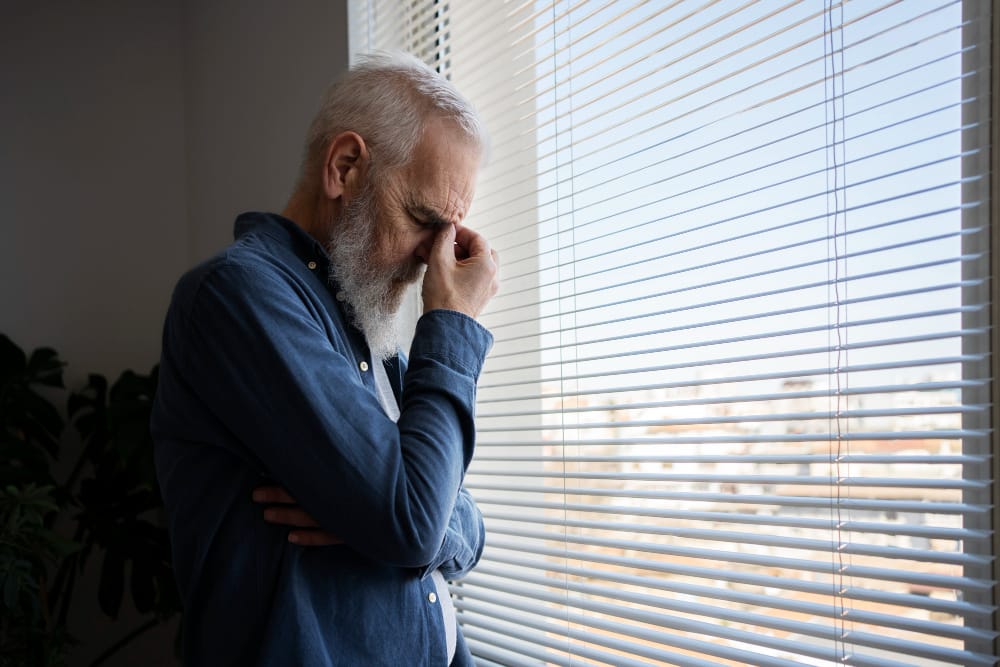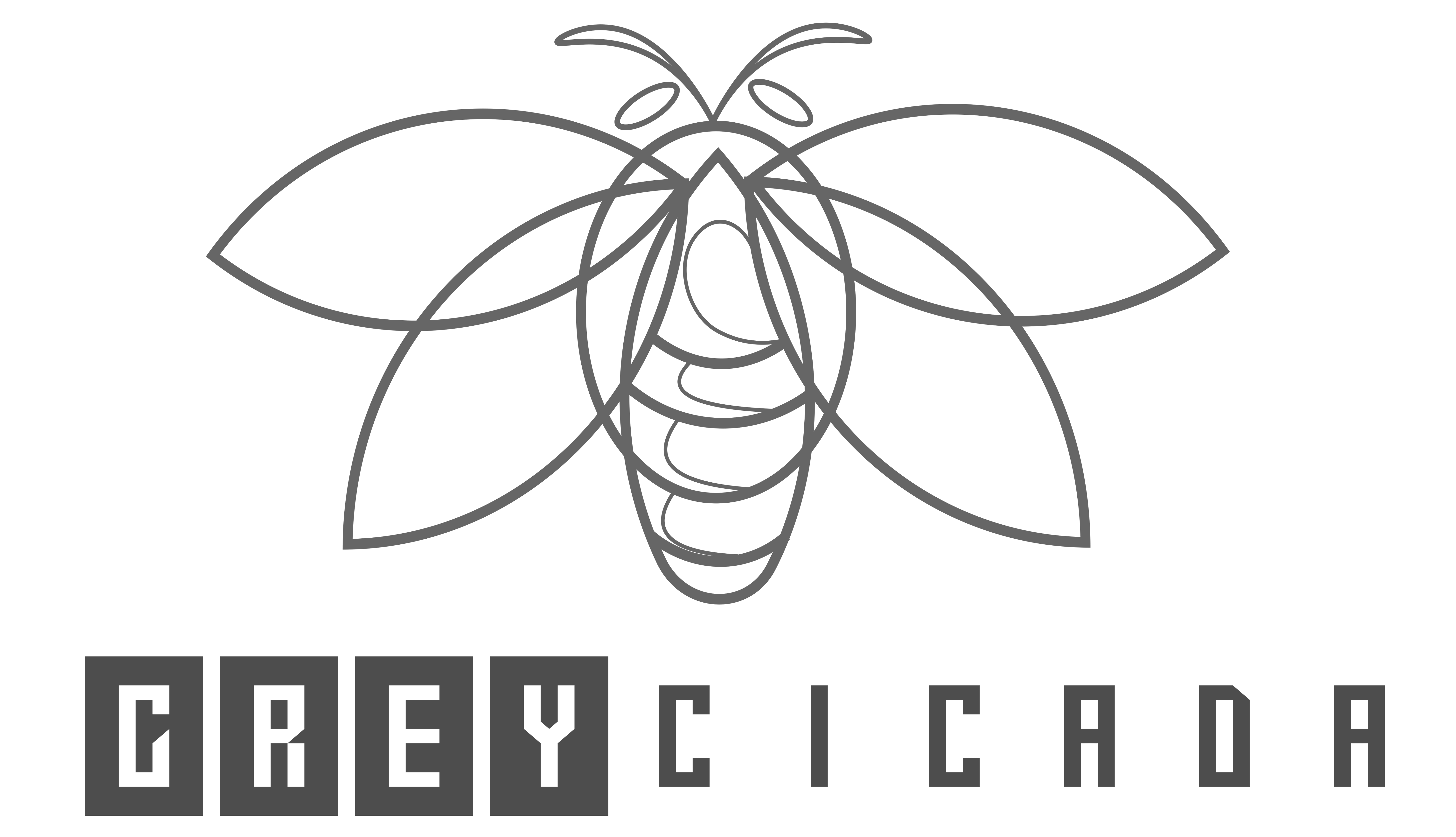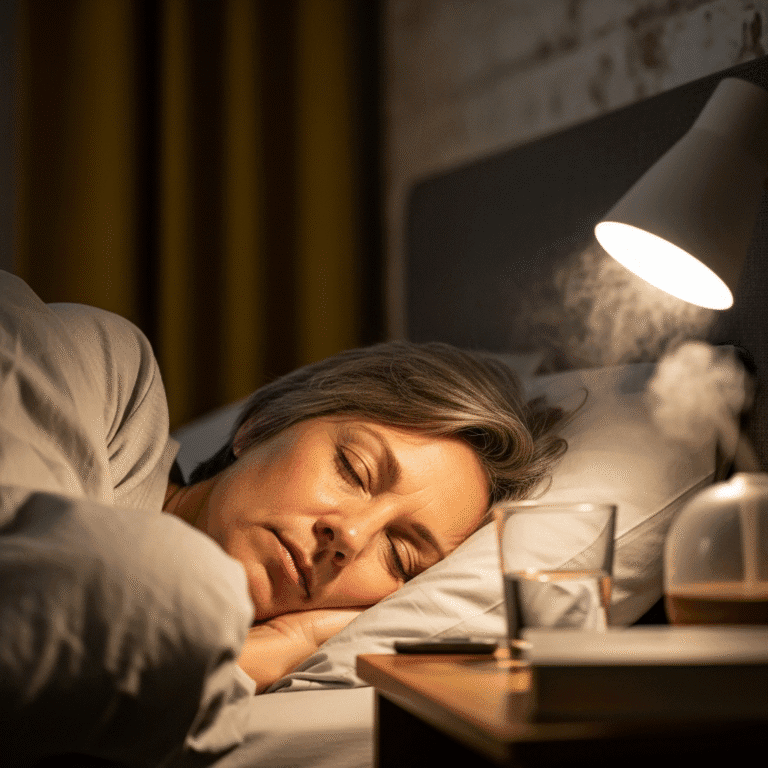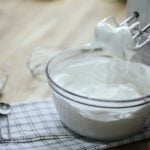FREE SHIPPING OVER $50
These 10 Hidden Home Toxins Could Be Aging You Faster—Here’s How to Detox Safely

We often focus on what we put into our bodies—the food we eat, the water we drink, the supplements we take. We exercise, meditate, and get plenty of sleep. We do all of this in the hopes of living a long, vibrant, and healthy life. But what if one of the biggest threats to your longevity isn’t on your plate, but right in your own home?
The truth is, your home, the place you feel safest, could be filled with hidden toxins that are silently accelerating the aging process. They are in your air, your furniture, your cleaning products, and even your kitchenware. These pervasive chemicals can lead to chronic inflammation, hormonal imbalances, and cellular damage, all of which contribute to premature aging. The good news is, you can fight back. We are going to reveal the 10 most common environmental toxins lurking in your living space and provide a simple, safe plan to detox your home and turn back the clock on your health.
The Link Between Toxins and Aging
The human body is an incredible machine with built-in detoxification systems, primarily your liver and kidneys. But in our modern world, we are exposed to a constant barrage of chemical compounds that can overwhelm these systems.
These environmental toxins contribute to aging in several ways:
- Inflammation: Many toxins trigger an inflammatory response in your body. Chronic, low-grade inflammation is a primary driver of most age-related diseases.
- Hormonal Disruption: Certain toxins, known as endocrine disruptors, mimic or block your body’s natural hormones. This can lead to weight gain, metabolic issues, and other problems that accelerate aging.
- Oxidative Stress: Toxins create free radicals, unstable molecules that damage your cells and DNA. This cellular damage is a key factor in the aging process.
By reducing your exposure to these toxins, you can give your body’s natural detox systems a much-needed break and slow down the aging process from the inside out.
10 Hidden Toxins in Your Home
These are some of the most common chemical culprits hiding in plain sight.
1. Phthalates
Where they are: Phthalates are plasticizers found in plastic food containers, shower curtains, vinyl flooring, and many scented products like air fresheners and laundry detergents.
Why they’re harmful: Phthalates are notorious endocrine disruptors. They can interfere with your body’s hormone production and have been linked to a range of health issues, including metabolic disorders and reproductive problems.
2. PFCs (PFOA and PFOS)
Where they are: These forever chemicals are found in non-stick cookware, waterproof clothing, and stain-resistant carpets and fabrics.
Why they’re harmful: PFOA and PFOS are persistent in the environment and in your body. They have been linked to liver damage, thyroid issues, and certain types of cancer.
3. BPA (Bisphenol A)
Where it is: BPA is a chemical used in hard plastics like water bottles and the linings of food and beverage cans.
Why it’s harmful: Like phthalates, BPA is an endocrine disruptor that can mimic estrogen in your body. It has been linked to a variety of health problems and is a primary driver of hormonal imbalances that can accelerate aging.
4. VOCs (Volatile Organic Compounds)
Where they are: VOCs are released as gases from a wide range of common household products, including paints, adhesives, new furniture, and cleaning supplies.
Why they’re harmful: You’re breathing these in without even knowing it. Long-term exposure to VOCs can cause damage to your liver, kidneys, and central nervous system.
5. Parabens
Where they are: Parabens are preservatives used in a vast number of personal care products, from shampoos and conditioners to lotions and cosmetics.
Why they’re harmful: Parabens are another class of endocrine disruptors. They can be absorbed through your skin and have been found in human tissue, where they can interfere with hormonal function.
6. Formaldehyde
Where it is: Formaldehyde is a common chemical used as a preservative in furniture, particleboard, and some cleaning products and fabrics.
Why it’s harmful: Formaldehyde is a known carcinogen and can cause chronic respiratory issues, skin irritation, and inflammation.
7. Lead
Where it is: While lead paint has been banned in the U.S. since 1978, it is still present in older homes. Lead can also be found in old plumbing and some ceramics.
Why it’s harmful: Lead is a powerful neurotoxin that can cause irreversible damage to the brain and nervous system, and it contributes to a host of other health problems.
8. Heavy Metals
Where they are: Heavy metals like mercury and cadmium can be found in certain food sources, contaminated water, and older jewelry.
Why they’re harmful: Heavy metals can accumulate in your body’s tissues, overwhelming your natural detoxification processes and leading to significant cellular damage.
9. Pesticides and Herbicides
Where they are: Residues from pesticides and herbicides can be brought into your home on conventional produce.
Why they’re harmful: These chemicals are designed to be toxic to pests, but they can also harm human health. They are linked to neurological issues and can interfere with hormonal balance.
10. Chlorine and Chloramines
Where they are: These chemicals are used to treat tap water to kill bacteria.
Why they’re harmful: While necessary for water safety, they can create harmful byproducts when they interact with other compounds. They are known to cause inflammation and can damage your gut microbiome.
How to Detox Your Home Safely: A 3-Step Plan
Detoxification doesn’t require extreme diets or expensive supplements. It’s about reducing your exposure to toxins and supporting your body’s natural processes.
Step 1: Audit and Replace
Start by taking a careful look at the products you use every day.
- Swap out plastics: Replace plastic food containers and water bottles with glass or stainless steel.
- Change your cookware: Ditch the non-stick pans and switch to cast iron or ceramic cookware.
- Go green with your cleaners: Use simple, natural cleaners like vinegar, baking soda, and essential oils.
Step 2: Purify and Ventilate
Focus on improving your indoor air quality.
- Use air purifiers: Invest in an air purifier with a HEPA filter to remove airborne particles and toxins.
- Open your windows: When the weather permits, open your windows to allow fresh air to circulate and flush out indoor pollutants.
- Add plants: Certain houseplants, like snake plants and spider plants, are excellent at filtering the air.
Step 3: Support Your Body’s Natural Detox Pathways
Give your liver and kidneys a helping hand with these simple habits.
- Eat sulfur-rich foods: Foods like garlic, onions, and cruciferous vegetables (broccoli, cauliflower) contain sulfur compounds that support your liver’s detox function.
- Stay hydrated: Drink plenty of filtered water to help your kidneys flush out waste products.
- Get enough sleep: Your body’s repair and detoxification systems work most effectively when you are in a state of deep rest.
Conclusion
The secret to true longevity isn’t just about what you do in the gym or at the dinner table. It’s about creating a safe, nourishing environment for your body to thrive. By making a few simple, intentional changes to your home and supporting your body’s natural detoxification systems, you can reduce your exposure to harmful hidden toxins and take back control of your health. The power to turn back the clock on aging is in your hands, and it starts right at your front door.
Related Articles
- Struggling With High Cholesterol? These 10 Natural Supplements Could Be Game-Changers
- She’s 80, Eats Ice Cream Daily, and Has Perfect Blood Work—Her Longevity Secrets Defy Everything
- This Overlooked Fruit Could Be the Key to Balanced Blood Sugar—Longevity Experts Are Talking
- Harvard-Backed Japanese Walking Method That Balances Blood Sugar and Pressure Naturally
- 15 Bone-Building Superfoods You’re Probably Ignoring—But Shouldn’t







